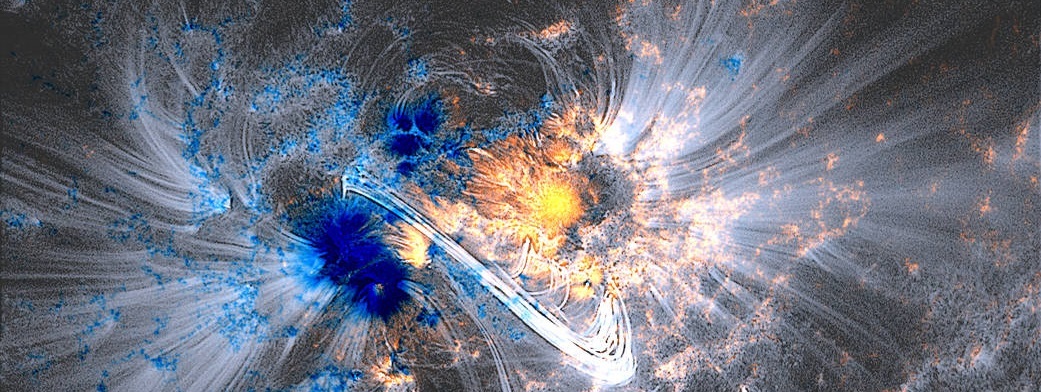
The sun is always changing, causing space weather that affects Earth. Changes in the sun’s magnetic fields produce solar wind and cause solar storms, solar flares and coronal mass ejections (CMEs). These storms eject high-energy plasma rays and particles, and some of these reach Earth, but Earth’s atmosphere and its magnetic field can protect it from these high-speed blasts. Earth’s magnetosphere, the area of space where its magnetic field interacts with the solar wind, prevents most of these charged particles from reaching Earth’s atmosphere. However, during a big solar storm some plasma may travel along Earth’s magnetic field lines toward the Earth’s poles. This geomagnetic disturbance (GMD) creates electrical currents that form in the ground and in the power grid. These geomagnetically induced currents (GICs) can cause serious destruction of transformers and lead to long lasting power blackouts.
This NSF sponsored project is aimed at improving the scientific understanding of the natural hazard posed by GMDs to the power grid. It brings together a multi-disciplinary team with expertise in remote sensing, the geosciences, power engineering, and education. The group is developing improved modeling and prediction capabilities for electric fields and GIC hazards so that utilities will be able to retrieve the best applicable space weather information in real-time. Using this data along with power system tools, system operators will be able to quickly and rigorously quantify impact on the power system and enable stakeholders to assess the best options for protection and mitigation.